Black Mission Fig
$109.50 Original price was: $109.50.$76.65Current price is: $76.65.
- Free Shipping over $25
- Fast & reliable delivery options
- Enjoy top quality items for less
- Multiple safe payment methods

The Black Mission Fig is a classic, heirloom fig variety with a long history in California. For quality of flavor it simply cannot be beaten, and it produces two crops a year, which hold well on the tree, so you will have fresh figs for weeks and weeks, plus plenty of fruit to dry and store – a very easy process.
The Black Mission Fig grows into a large tree, that in time will pass 20 feet in height and spread, and will, when old, possibly reach 40 feet in height and spread. When planting, think of the future and allow plenty of room for your tree. The tree has beautiful large leaves, up to 8 inches long, which are divided into three to five large lobes, with a slightly glossy surface. The foliage is so beautiful that we would grow this tree for that alone, but of course we grow it for its fruit – and what fruit it is!
Growing Black Mission Fig Trees
This tree produces two distinct crops of figs a year. In early summer you will harvest what is called the ‘breba’ crop. These are figs that develop from small figs produced in the fall of the previous year, which remain on the tree all winter. This crop will be large, and so are the figs. They are pear-shaped, 2 inches in diameter and 3 inches long. It takes just eight of these plump black beauties to weigh a full pound, and each one is packed with delicious sweetness and unique fresh-fig flavor.
Unlike most other fig varieties, which are brown or purple, the fruits on Black Mission are very dark, with an almost black skin when ripe. Inside, the flesh is the color of strawberries, soft and sweet. You will also notice that the black skin of your figs is dusted with a pale blue powder, which is natural, called ‘bloom’. The fruits are so beautiful you will want to create a painting of them, but instead you will enjoy the fantastic taste of the Black Mission Fig, which is considered by everyone to be superior to almost any other variety.
The second crop will ripen in late summer and early fall. The fruit of this crop is smaller, usually 1½ to 2 inches long, but the color is just as intense, and the flavor just as good. You can tell when your figs are ripe because the neck softens, and the fruit droops. That is the moment to pick your tree-ripened figs, which will be so different, with a so much more intense flavor than store-bought figs, that you simply won’t believe the difference. Excess fruit can easily be dried and stored. You can use a dehydrator; place the fruit in a 135o Fahrenheit oven for 24 hours; or simply dry in the sun, turning the figs from time to time until they are completely dry.
Planting and Initial Care
For the best results, plant your Black Mission Fig in a hot, sunny place. Once established the tree is very drought resistant, and it almost never suffers from any significant pests or diseases. Pruning is not necessary – just let your tree develop naturally into the beautiful specimen it will become. You should be harvesting your first figs within a couple of years, and you don’t even need a second tree – this variety is completely self-pollinating.
Hardiness and Climate
The Black Mission Fig tree is recommended for warm to hot climates. In colder areas we suggest you choose the Celeste Fig, or the Everbearing (Brown Turkey) Fig, because both of those varieties are more cold-resistant. Although the Black Mission Fig grows well in all warm regions, it is especially suitable for the West, where it reliably produces two crops a year, and thrives in the ‘warm winter/dry summer’ climate.
History and Origins of the Black Mission Fig Tree
Among the earliest settlers in California were Spanish priests, who came prepared, with animals, seeds and plants. Among the plants they brought was a fig tree, which produced delicious sweet fruit with a black skin. We know that in 1768 this tree was brought to San Diego from missions further down the coast in Baja California, and it quickly became the only fig widely grown throughout California, where there are still many ancient trees to be seen.
Much later it was replaced in commercial growing by other varieties, but it remains immensely popular, and it is the number one choice for a fig tree in the West. Obviously, the plants those priests brought with them came from somewhere else, and it turns out that the Black Mission Fig is identical to a variety called ‘Franciscana’, which is found in the area of Estepona, near the town of Málaga, in Spain.
Whatever we want to call it, this plant must be reproduced from stem pieces, not from seed, and our plants are grown directly with branches from plants of this variety, so that you always get exactly the plant you expect. The Black Mission Fig is always in high demand, so our limited stock will soon be gone. Order now, to enjoy one of the tastiest and most beautiful figs available.
Be the first to review “Black Mission Fig” Cancel reply
Related products
Berry Bushes
Apple Trees
Citrus Trees
Berry Bushes
Berry Bushes
Apple Trees
Apple Trees
Citrus Trees



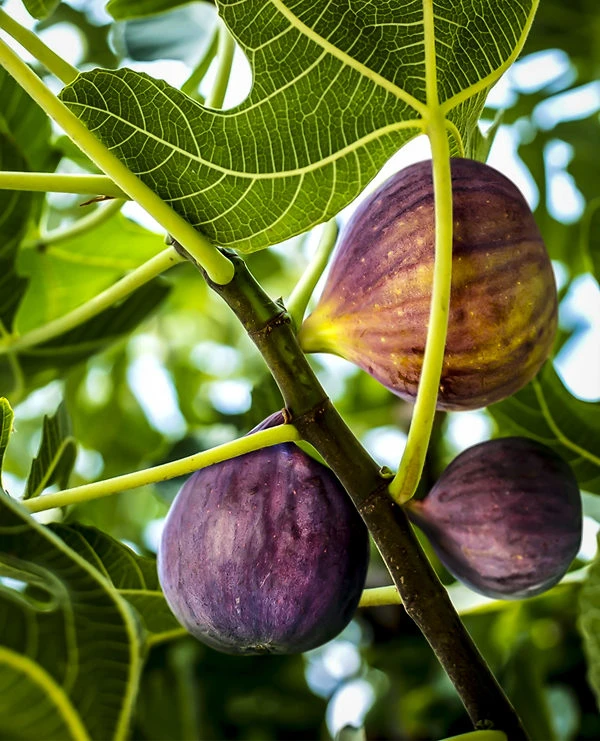


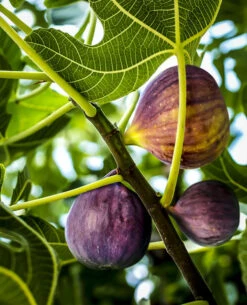


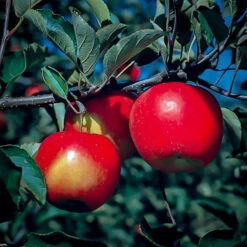

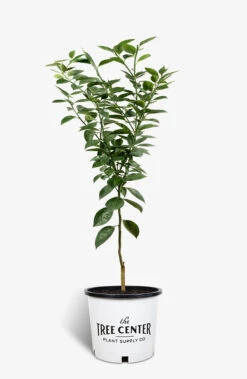
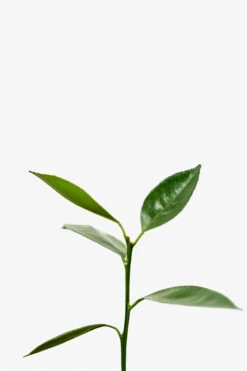

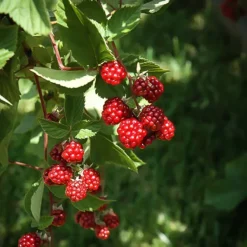
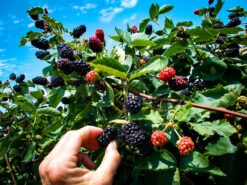
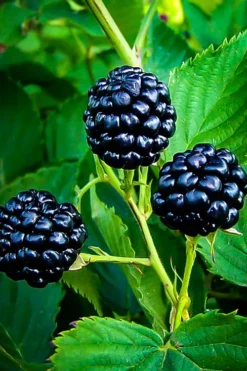
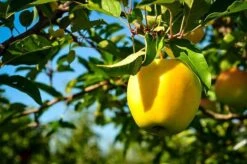


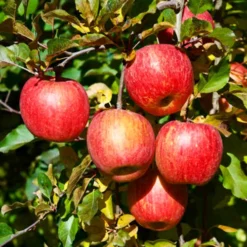

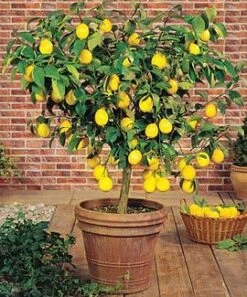
Reviews
There are no reviews yet.